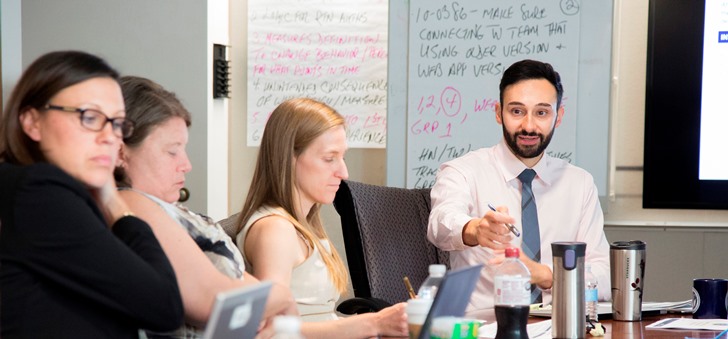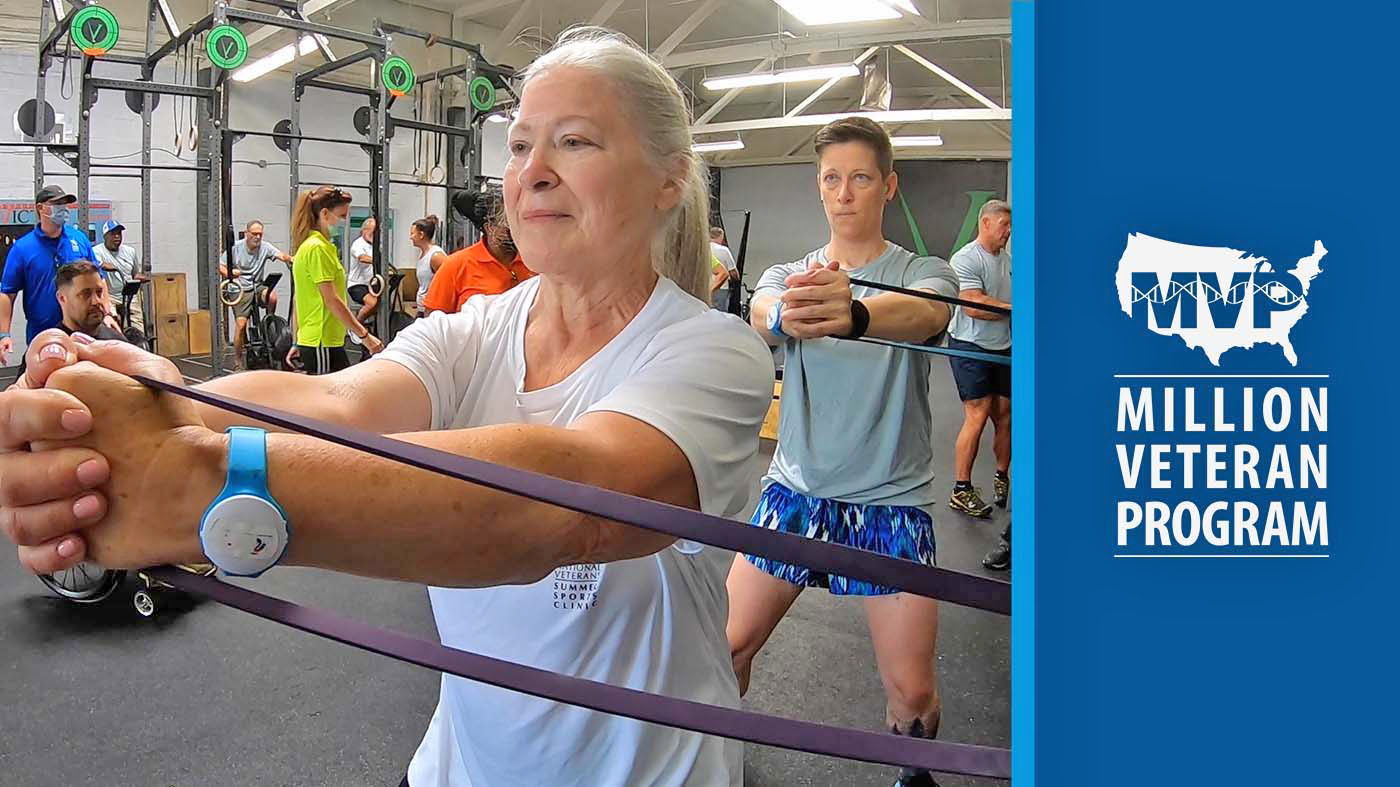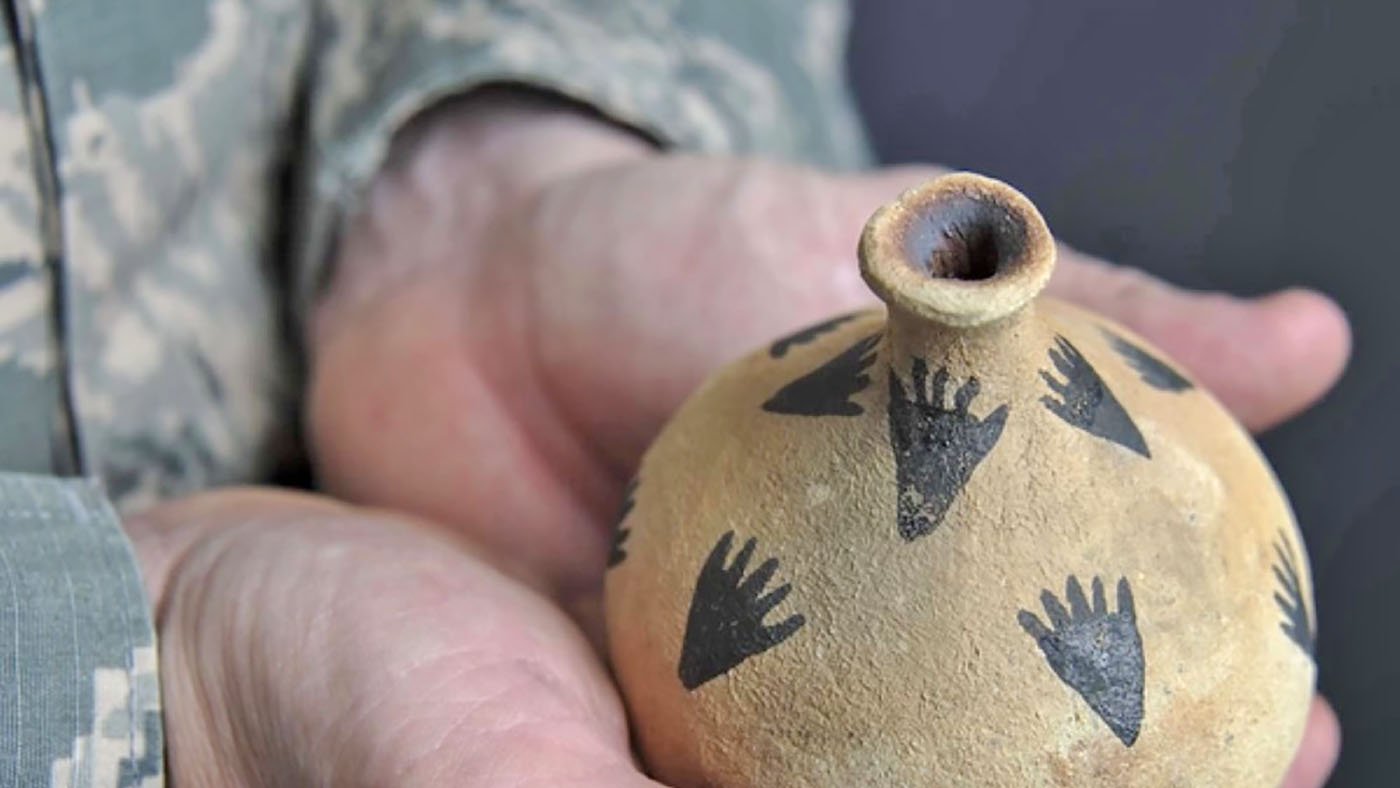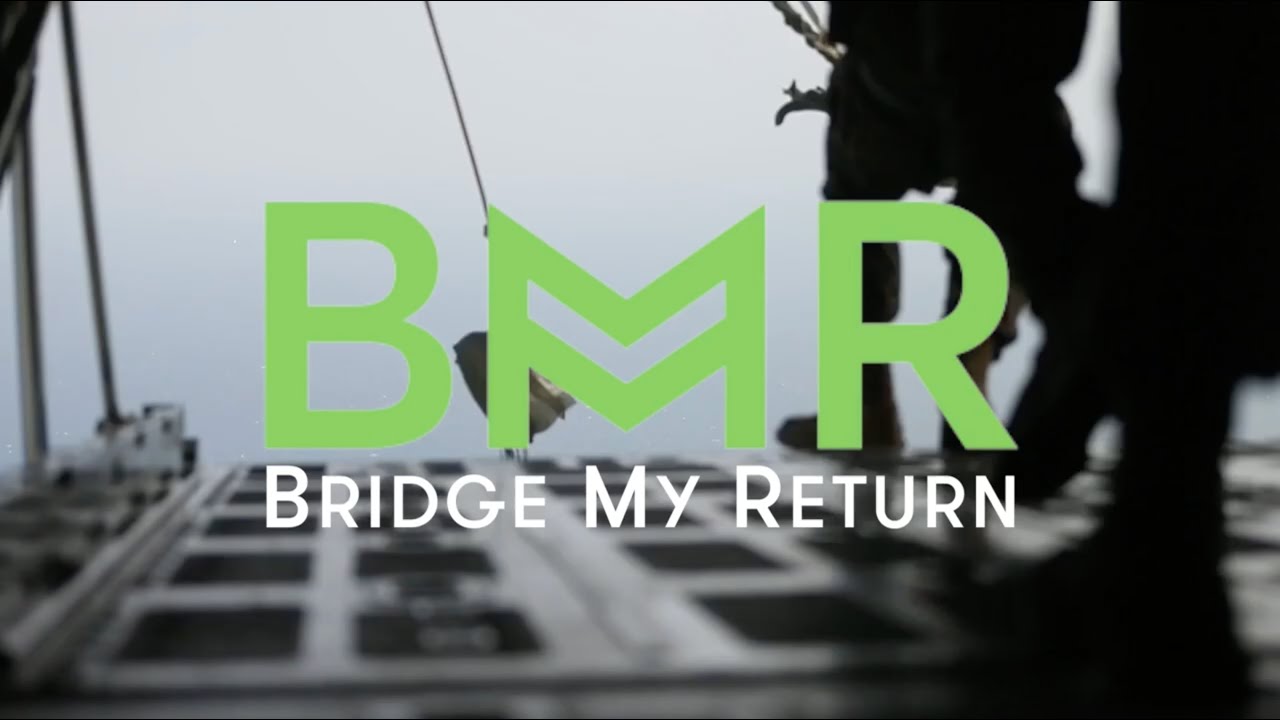This summer, the Office of Community Care hosted a Care Collaboration Summit in Washington, D.C. The summit brought together a VA team of administrative, medical, and clinical experts from across the country, as well as our contracting partners, Tri West and Health Net, to collaborate on efforts to improve the way we deliver care to our nation’s Veterans.
Our teams used the face-to-face time to pinpoint challenges currently impacting care and identify short-term projects to overcome those obstacles. Our strategy at the summit mirrored our overall strategy for community care – to target short-term solutions while working toward long-term improvements to the program. Five key components drive our work in community care: eligibility, referral and authorizations, care coordination, a high performing, integrated network, and provider payments, or claims. So our teams came up with five priority projects:
- Clinical Care Service bundles: this project focuses on creating and implementing standardized clinical care service bundles to help reduce unnecessary steps and burdensome processes for providers. By streamlining these processes, we aim to increase provider satisfaction, expedite Veteran care and improve Veteran’s experience with VA Community Care.
- Standardized Secondary Authorization Requests (SARs): this project aims to further streamline the authorization process by developing a standardized SAR process that identifies and allows for a specific trigger to generate a secondary authorization when necessary. This will help Veterans access timely care by establishing a set timeline for VA medical centers to identify when other options are necessary and allow VA to work with Veterans to identify those options more quickly.
- Referral and Scheduling: our plan for this project is to roll out an updated checklist and implement improved procedures that will help our staff process referrals and schedule Veterans appointments so they can access the care they need more quickly.
- Communication: we are focusing our efforts on improving communication and collaboration throughout VA Community Care. We are working toward improving our capability for real-time communication between our VA clinicians, staff, and contract vendors to better meet the treatment needs of the Veterans we serve.
I hope that by focusing on these projects, we can increase our numbers of satisfied appointments, decrease the number of returned authorizations and improve the Veteran and provider experience. Meetings like this illustrate what can happen when VA leadership and staff work together with our contracting partners for Veterans. With continued collaboration and innovative solutions such as the ones outlined here, we will meet our goal of delivering a community care program that is easy to understand, simple to administer and meets the needs of Veterans, providers and VA staff.
Thank you for the hard work you are doing around the country and will continue to do to support VA Community Care program efforts. We can’t transform Community Care without the critical work you do every day to improve the way we deliver care and service to Veterans.

Topics in this story
More Stories
MVP’s research informs personalized care for Veterans, supporting whole health and beyond.
More than 4,000 American Indian/Alaska Native Veterans have been approved for the copayment exemption and we're here to help you apply for yours, too.
Bridge My Return launched a software re-build to its hiring platform with an improved AI-driven, skills-matching algorithm and military skills translator.







In my small and remote Northern California town, we have only one hospital. Veterans have always been able to visit the ER for emergency care and the VA paid for it. Now they will not bill VA, and the vet gets stuck with it. Furthermore, they will not take Veterans Choice to pay for such things as seeing a doctor or radiology. Our only other choice is to drive some 100 miles to another town after wait months for an appointment. It has taken me 6 months to get Veterans Choice (Tri West) to get an appointment for a neurosurgeon just for an initial consultation after my vertebrae was fractured 6 months ago — Veterans Choice does not work! VA care in remote areas does not work. Thank God I turned 65 a couple of months ago and I now have Medicare. As a 100% service connected P&T for a combat disability veteran, I should be getting better care from the VA.
I don’t see any actual veterans involved in the process I see Grs,administrators but No veterans
While Non-VA care can be a viable answer for veterans living literally hours from a VA facility, or at least one that can provide the specialty service they need, it has been a disaster in my area. The major medical providers and hospitals are unwilling to contract with VA due to the extremely untimely payment of bills. As a CVSO I have spoken with veterans ordered to go to a local ER or hospital, for treatment or tests, by a VA provider at the VA clinic, only to have the bill go to collections or the veterans other insurance billed and the veteran stuck with the deductible and co-pays. And of course the local hospital is not going to rework the bill to VA then re-imburse the private insurance and veteran.
Curious as to why the billing can’t go thru an established and time tested billing system, such as Tricare or CHAMPVA, who then submit to VA for transfer of federal dollars? At least the veteran does not have their credit destroyed or end up with a potentially sizeable bill.